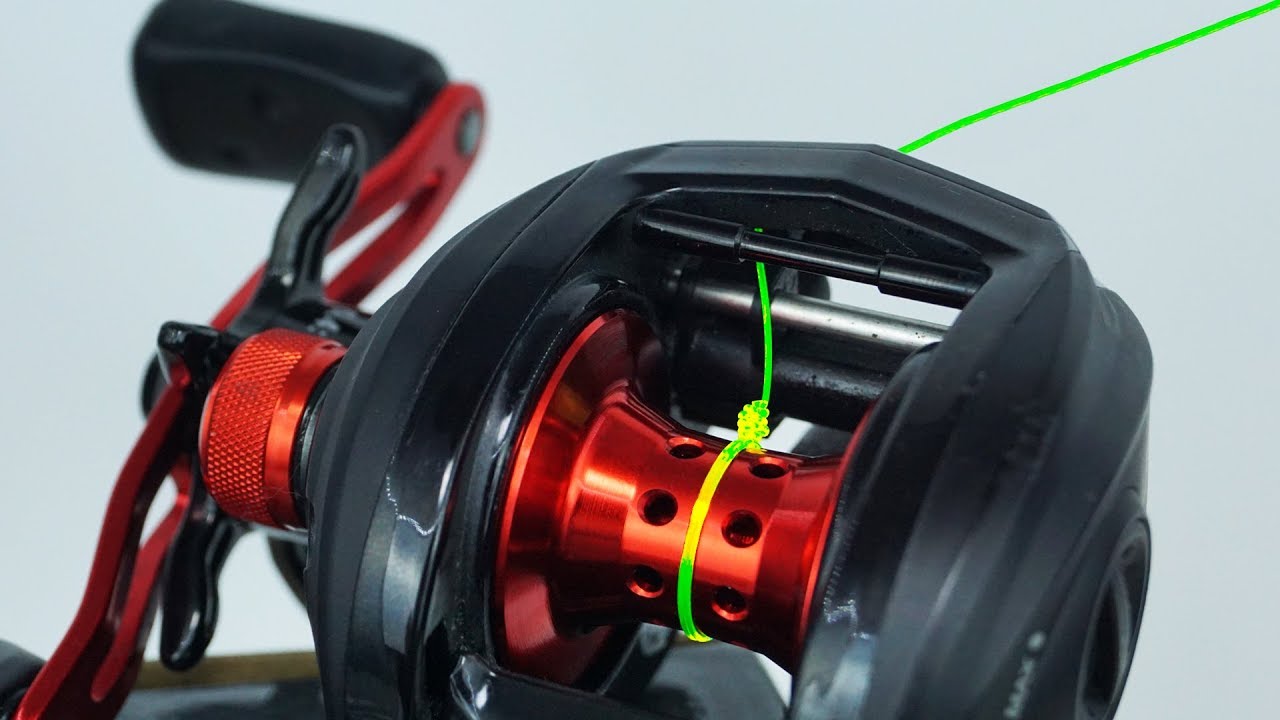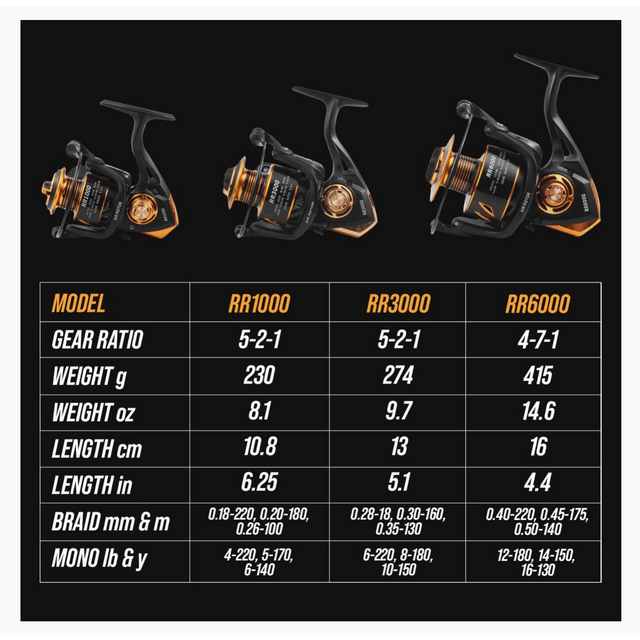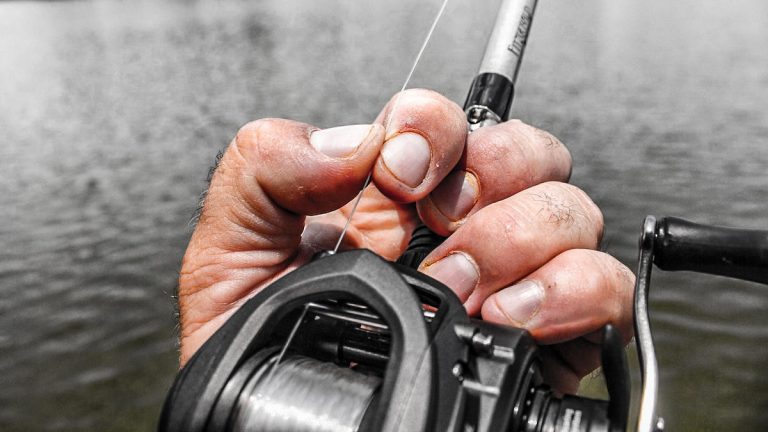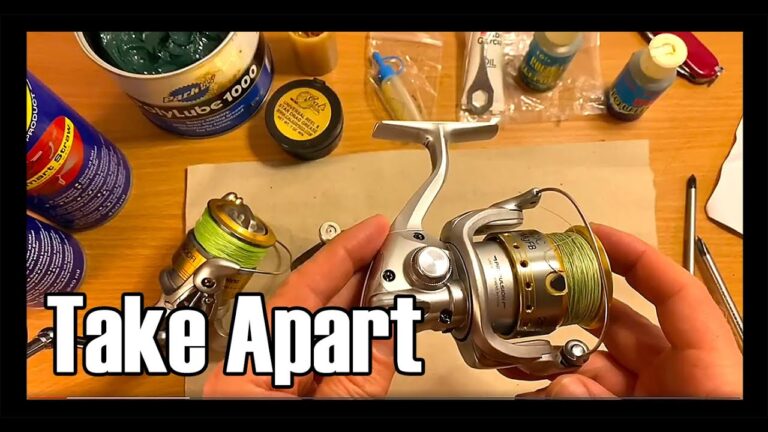How to String a Baitcast Reel

To string a baitcast reel, first thread the line through the guide and tie it to the spool. Ensure the line lays evenly across the spool during retrieval.
Stringing a baitcast reel properly is crucial for peak performance and avoiding tangles or line twists. Anglers know the frustration that comes with poorly spooled line, which can ruin an otherwise perfect day of fishing. By following a few key steps and paying close attention to detail, you can set up your baitcast reel for success.
The process involves threading the line correctly, maintaining appropriate tension, and ensuring the line is laid down evenly. As baitcasting requires precision and control, setting up your reel with attention to these elements is a foundational skill every angler should master. Keep reading to discover the straightforward way to string your baitcast reel like a pro and ensure your fishing trips are as smooth as the line on your reel.

Credit: kastking.com
Choosing The Right Line For Your Baitcast Reel
Determining the ideal line weight is critical for baitcast reels. Line weight affects casting, control, and the reel’s overall performance. Lighter lines allow for longer casts and finesse presentations. Heavier lines are suitable for big fish and heavy cover. It’s essential to match the line weight with the target species and fishing conditions.
Choosing between monofilament, braided, or fluorocarbon lines depends on the situation. Monofilament is stretchy and user-friendly for beginners. Braided line has no stretch, offering superior sensitivity and strength. Fluorocarbon is nearly invisible underwater and has good abrasion resistance. Each type has distinct advantages based on desired technique and water conditions.
| Line Type | Benefits |
|---|---|
| Monofilament | Stretchy, forgiving, cost-effective |
| Braided | Strong, sensitive, thin diameter |
| Fluorocarbon | Invisible underwater, good abrasion resistance |
Essential Tools And Materials
Essential Tools and Materials make stringing a baitcast reel smooth. For Winding Equipment, a line winder is crucial. It keeps tension and aids in neat winding. Without it, lines may tangle or twist. Pair the line winder with a rod holder for stability. For Line Spooling Accessories, spool tensioners and line strippers are key. They help control the spool and remove old line. Use a clean, soft cloth to wipe the line. A drop of reel oil ensures smooth gear function. Clippers or scissors are necessary for trimming line.
Check the reel’s manual for size and line type suggestions. Match your gear to the fish you aim to catch. Proper tools make setup simple and improve your fishing experience.
Step-by-step Guide To Stringing A Baitcast Reel
Preparing your baitcast reel and rod is the first step. Ensure that the reel is tightly attached to the rod. The reel seat should be securely fastened to prevent any movement during the process.
Begin threading the line through the rod’s guides. Start from the rod tip and work towards the reel. Thread carefully to avoid line twists or damage.
Attaching the line to the spool comes next. Tie the line with an appropriate knot, such as an arbor knot. Trim any excess from the end of the line after securing the knot.
Maintain consistent tension on the line as you wind. This is crucial for optimal performance. Slowly turn the handle, guiding the line with your fingers to ensure it lays evenly across the spool.
Common Mistakes To Avoid While Spooling
Stringing a baitcast reel demands precision. Ensure you don’t overfill the spool; this leads to tangled lines and poor casting. A full spool should leave about a 1/8-inch gap to the rim.
Another error is twisting the line while spooling. To prevent twists, lay the spool flat. Rotate it occasionally to maintain line alignment with the reel.
Line memory, which causes coils and knots, should not be ignored. Use line designed for baitcast reels to reduce memory. Remember to replace line regularly to avoid decay. Fresh line improves performance and reduces memory issues.
Tips For Line Management And Maintenance
Ensuring your baitcast reel performs optimally requires regular line replacement. Exposure to elements can weaken fishing line, risking breakage. Aim to replace line at the start of each season, or after a few heavy uses. High-quality line offers better durability and performance.
Proper storage of reels extends their life. To avoid permanent line memory and potential malfunctions, store reels in cool, dry places. Use reel covers to protect against dust and scratches. Reels should not be stored with tension on the line.
Backlashes and tangles often challenge anglers. Immediately dealing with these issues prevents further complications. Gently pull out the loops or use a line conditioner to avoid line damage. Patience is key in resolving tangles.

Credit: www.tiktok.com

Credit: m.youtube.com
Frequently Asked Questions For How To String A Baitcast Reel
How Do You Spool A Baitcasting Reel?
Open the baitcasting reel’s face and thread the line through the guides. Tie the line to the spool using an arbor knot. Close the face, apply tension to the line, and turn the handle to spool evenly. Trim excess line after filling the spool.
How Do You Put New Line On A Baitcasting Reel?
Open the baitcasting reel’s cover and remove any old line. Thread the new line through the guides, tie it to the spool, and wind it evenly. Maintain tension to avoid tangles. Trim excess line after filling the spool to the appropriate level.
How Do You String A Baitcaster Easier?
To string a baitcaster easily, mount the reel to the rod first. Then, open the bail, thread the line through the guides, and tie it to the spool. Close the bail, and wind the handle smoothly while maintaining slight tension on the line to avoid tangling.
What’s The Best Way To Put Braided Line On A Baitcaster?
Start by attaching the braided line to the spool with an arbor knot. Then, place a monofilament backing to prevent slippage. Ensure the line is tight and evenly spread across the spool as you reel. Avoid overfilling; leave a 1/8 inch gap from the spool rim.
Conclusion
Mastering the art of stringing a baitcast reel unlocks a world of precision angling. With the steps outlined, you’re now ready to tackle this task confidently. Remember, practice leads to perfection. So grab your reel, follow these pointers, and revel in the seamless casting experience on your next fishing adventure.
Tight lines!
Also Worth Reading:
- How Do You Fix a Fishing Reel
- How Do You Oil a Fishing Reel
- How to Add Fishing Line to a Reel
- How to Clean a Baitcasting Reel
- How to Clean a Spinning Reel
- How to Fix Backlash on Baitcaster
- How to Oil a Baitcaster
- Can You Put Braided Line on a Spinning Reel
- How Many Yards of Fishing Line on a Reel
- How Many Yards of Line on a Spinning Reel




